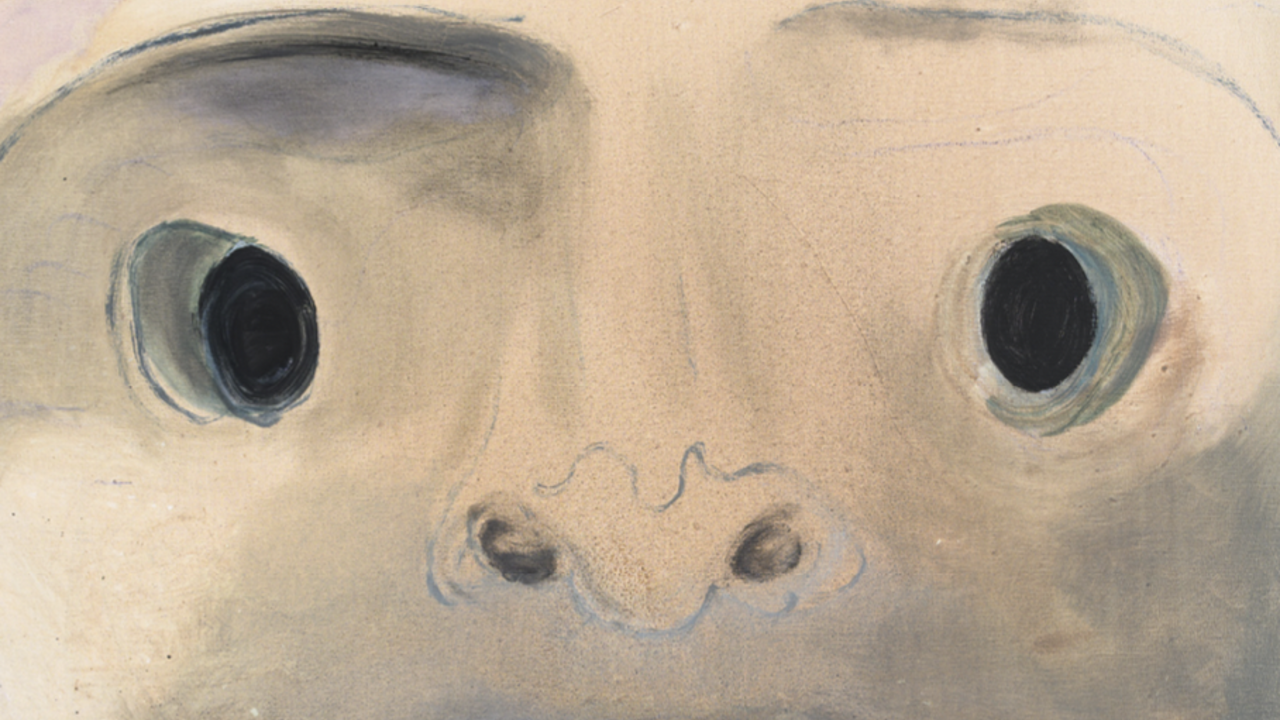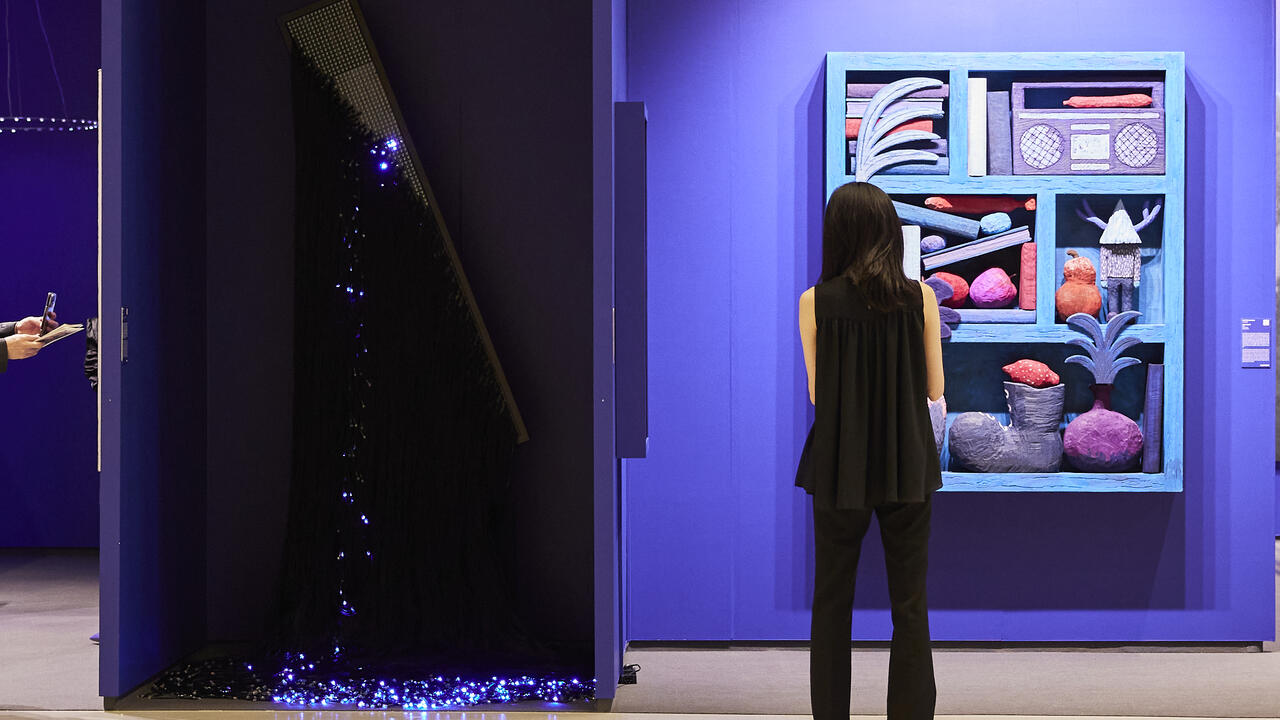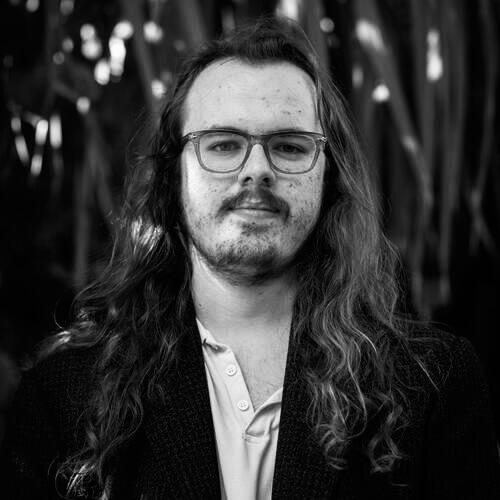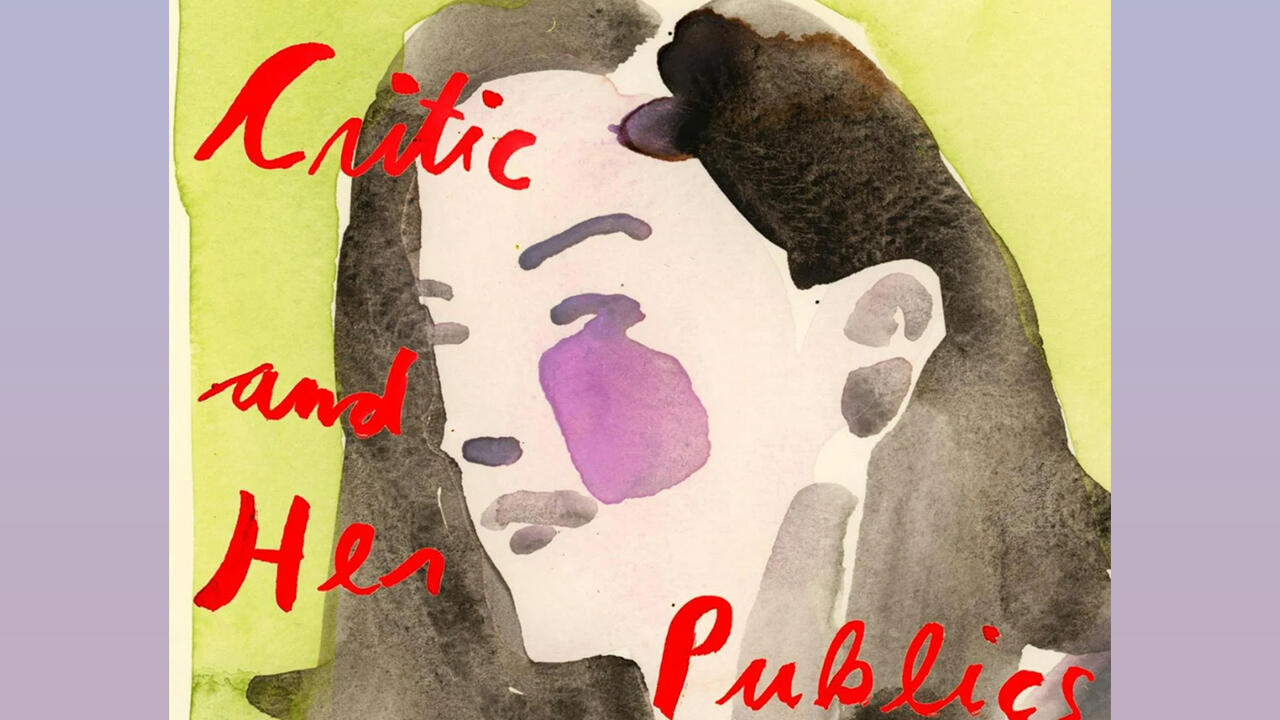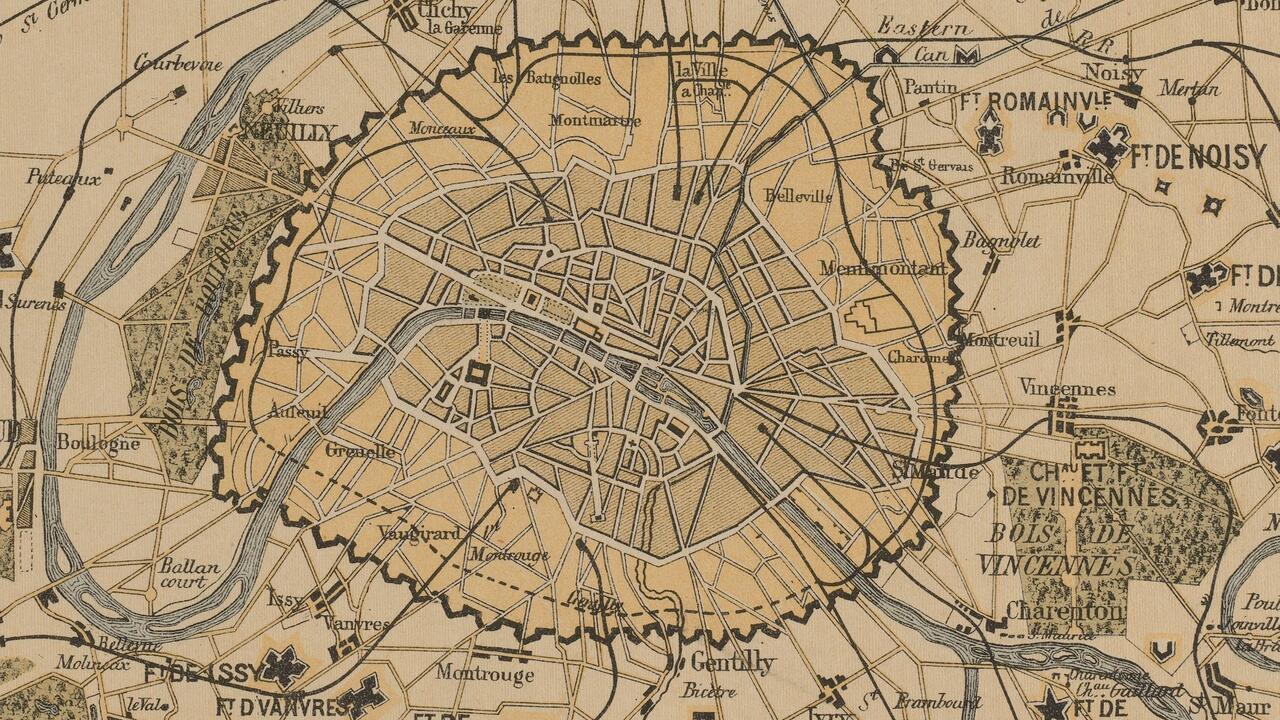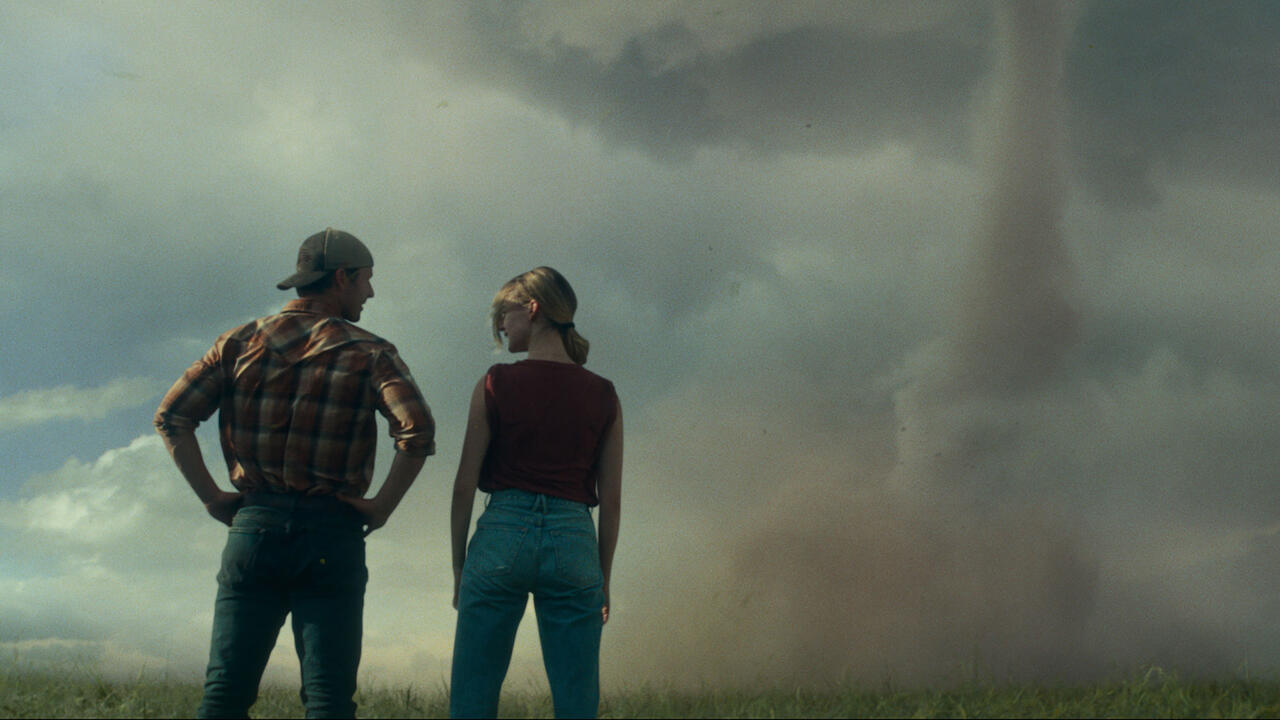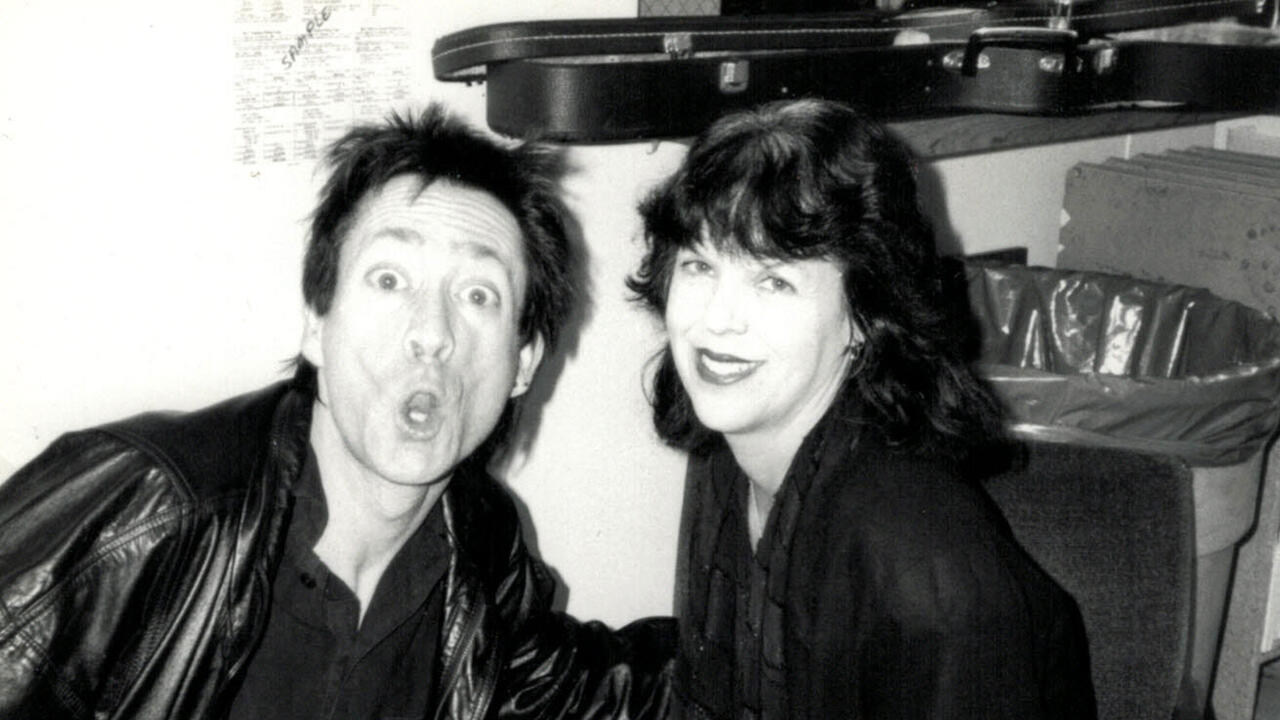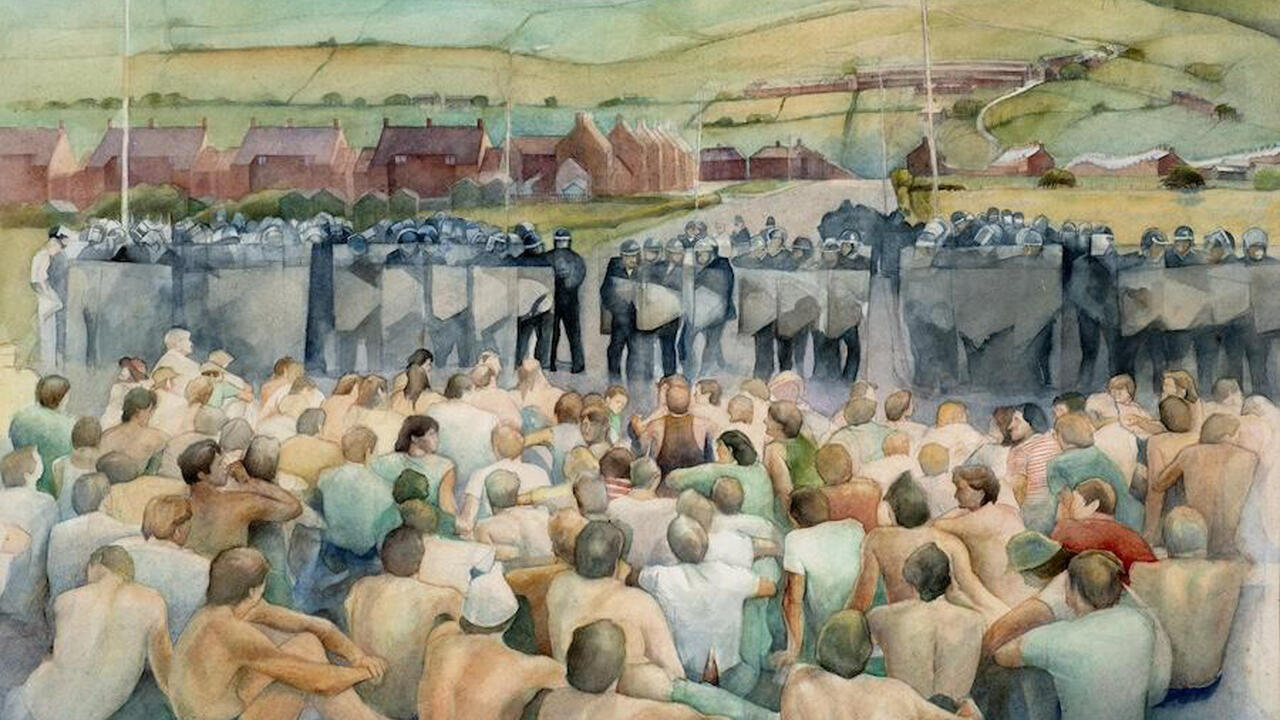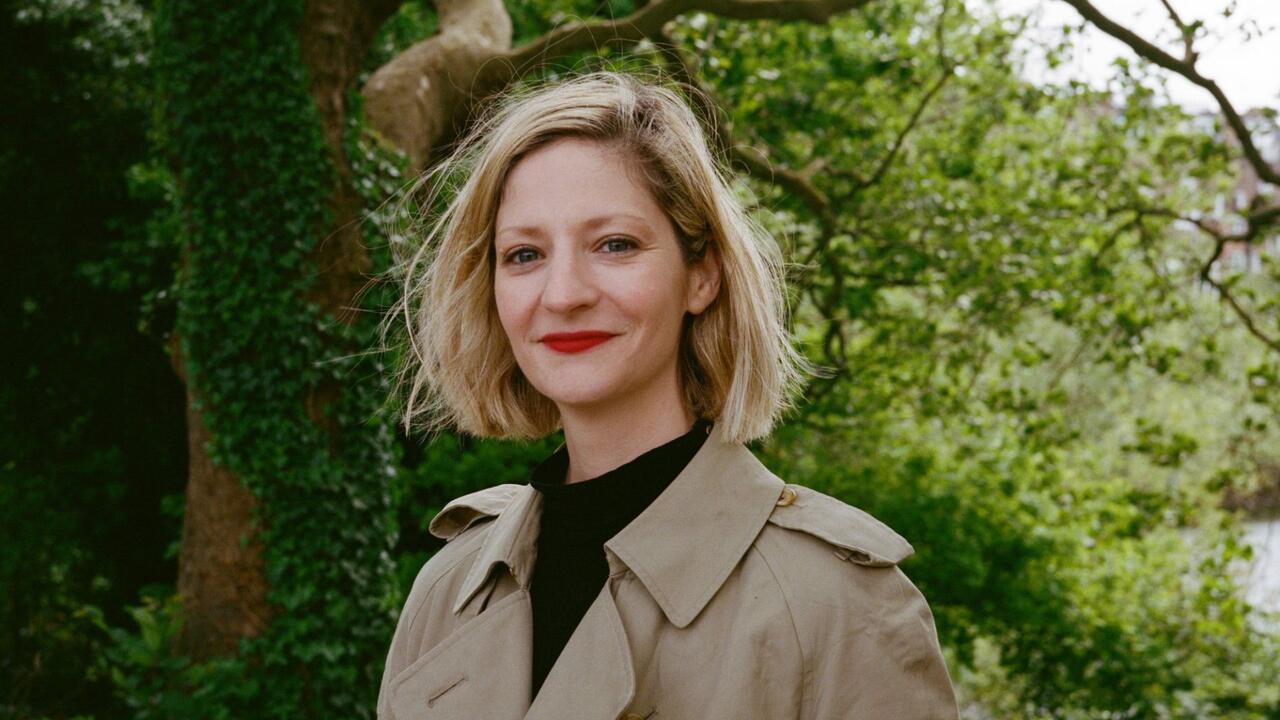Esther Kinsky’s Ode to the Power of Cinema
The author’s latest book, documenting an attempt to revive an abandoned cinema in Hungary, teases out the magic charm of film
The author’s latest book, documenting an attempt to revive an abandoned cinema in Hungary, teases out the magic charm of film

Travelling through a small town in south-east Hungary, looking for a place where the land is so flat you can ‘see all the way to Budapest’, German writer Esther Kinsky comes across an abandoned cinema that she can’t seem to get out of her mind. Journeying back and forth from her home in Budapest to visit it, she eventually buys the theatre, filled with grand hopes of restoring the active cinema-going culture she knows has long since left the town. In Seeing Further (2024), Kinsky tells the story of that renovation, as she slowly brings the cinema back from decay, talking to the local townspeople about their memories of it and its former centrality to their lives.
The book is a crisp, incisive ode to the cinema as a place for people to come together and, out of the darkness, watch. Kinsky is less concerned with what the audience watches than with how. She obsesses over the venue, barely concerned with what’s playing on screen. This fixation with ‘the how of seeing’ allows Kinsky to show off her fine-tuned skills as a cultural theorist, with flashes of essayistic brilliance running through the narrative as she tries to tease out the essential, elusive charm of the cinema. She sounds, at times, like a more casual, less obscure version of Roland Barthes.
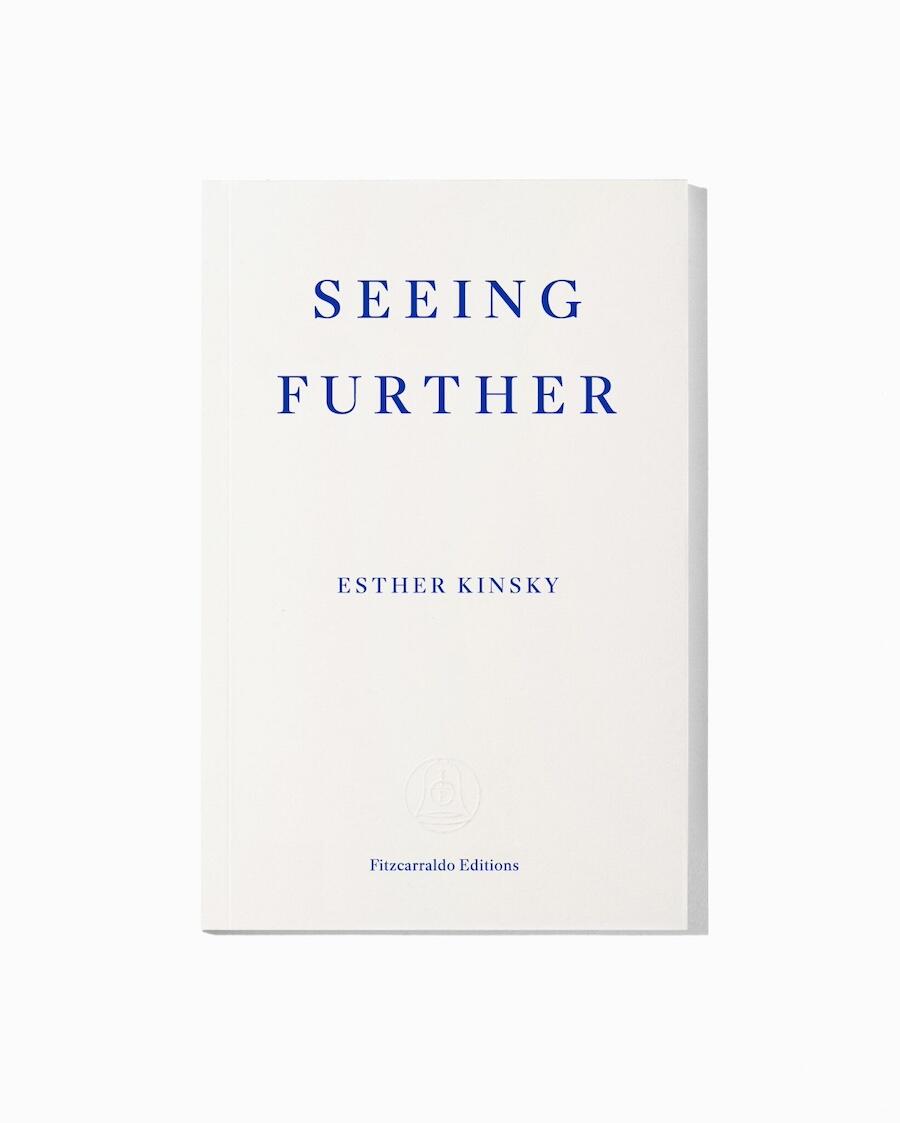
As the owner of the cinema, however, this obsession spells her downfall: focused on the building – the transformative, elusive ‘magic’ of the space – Kinsky all but forgets that people come to the cinema to see films. She never succeeds in devising a programme that broadly appeals to her rural Hungarian audience. From the book, at least, it hardly seems like she even tries. As she writes: ‘I tried my luck with various titles that sounded promising for drawing an audience’ but, when none materializes, she decides to ‘only order films that interested me, films I had always wanted to see, films I wanted to see again at last’. Her resignation is as beautiful as it is frustrating: failing to revive the townsfolks’ enthusiasm for the cinema, Kinsky turns it into her own private viewing room in which, every so often, a paying customer appears.
Kinsky is at her sharpest when tracing the shifting class politics of a cinema visit. At one point, a hairstylist in Budapest tells her: ‘If people see you at the cinema, they think you don’t have enough money for a TV [...] That’s why no one wants to go.’ Surmounting this aversion should be central to the reopening of her cinema, but Kinsky always seems unwilling or unable fully to accept just how far rural Hungarian culture has drifted from movie-going, with no real strategy to bridge that yawning gap. Elsewhere in the book, the author vivisects the cinema culture of London, where, she observes, a trip to the movies has been transformed ‘into a luxury good’. Yet, she never finds a way to guard her own theatre from such a fate, failing to locate a middle ground between cinema as an embarrassing indicator of poverty and cinema as a luxury. Her theatre becomes a marvellous excrescence, never making itself essential to its community, always sitting on the outskirts, lucky to draw in, on its best day, a ‘good dozen visitors’.

The book’s narrative is full of failures, key amongst them Kinsky’s inability to see further than the cinema itself and to locate the broader changes needed to revive it. Perhaps no person is capable of such a feat. Through capturing her own failed attempts, however, the author constructs a literary monument to hubris, to biting off more than you can chew, to fucking up beautifully. In glacial prose, free of impurities in Caroline Schmidt’s excellent translation, Kinsky briefly achieves the impossible: she brings her cinema back to life, only to watch it return, once more, to torpor. After Kinsky sells the theatre, it sits vacant, slowly crumbling. She returns, years later, to find plaster has been ‘knocked off in spots’ or ‘fallen off in patches’. The cinema’s decay is slow and, through Kinsky’s eyes, almost beautiful. Eventually, the building will disappear entirely.
After finishing the book, I walked to a cinema. There were two films playing. I picked one, bought a ticket, and went in. During the whole film, there was perhaps a single good scene: people taking shelter in a cinema as a tornado tears up their town. Market stalls fly; a water silo collapses; an old black and white film plays, still half-audible over children’s screams, as huge sections of the roof cave in; finally, the screen itself flutters gently and is sucked into the void. I’ve seen this before, I thought, a cinema falling apart, one way or another. For a moment, it was all I could see.
Esther Kinsky's Seeing Further is published by Fitzcarraldo Editions and New York Review Books
Main image: Cinema interior in Lisbon, 1937. Courtesy: Wikimedia Commons


